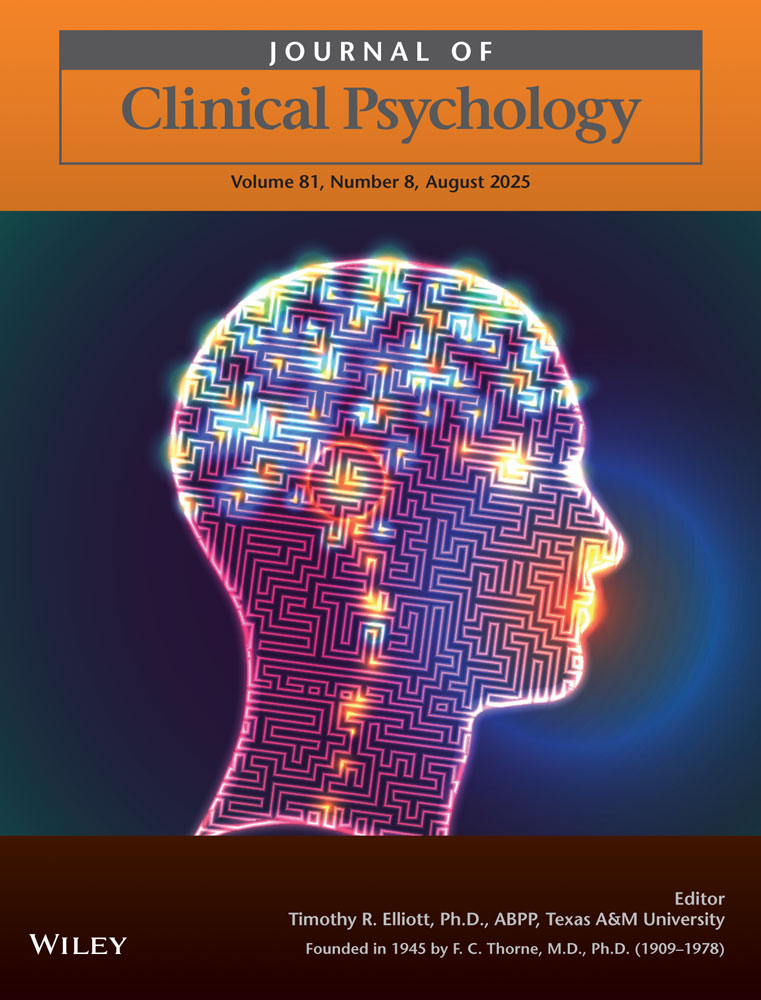The relative utility of the shipley-hartford scale: Prediction of WAIS-R IQ
Abstract
This study examined the utility of the Shipley-Hartford Scale in predicting WAIS-R Full Scale IQs when the test was administered with and without time limits in samples of cases obtained in a general acute care hospital (N = 156). While the correlation between predicted Wetzel IQ Score based on Paulson and Lin's formula and actual Full Scale WAIS-R IQ was nearly the same under both conditions and similar to previously reported values, systematic overestimation of WAIS-R IQ was found. Stepwise multiple regression analysis showed slightly more accurate prediction with the speed than the power administration. However, underestimation of above average Full Scale IQs and overestimation of below average Full Scale IQs also was found. Advanced age was associated with low conceptual quotients, which suggests that normal older persons may be identified incorrectly as cognitively impaired. These findings point to significant limitations in the use of this paper-and-pencil estimate of intellectual functioning.




